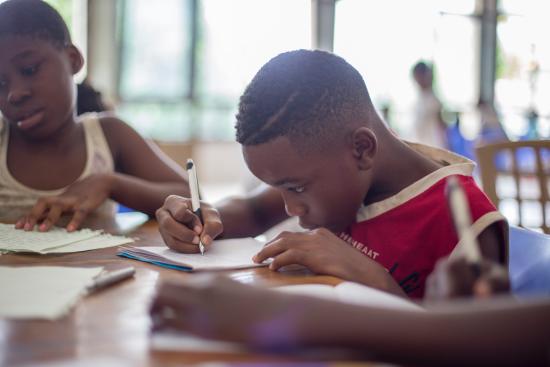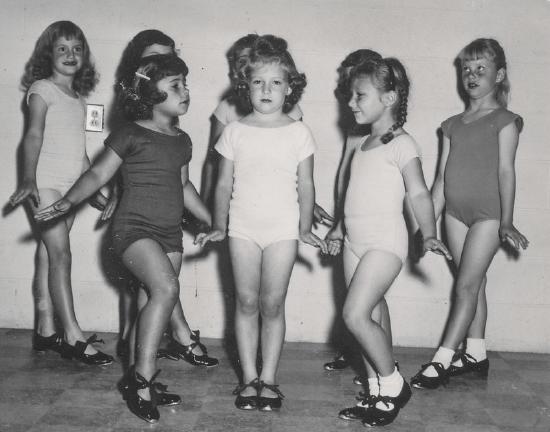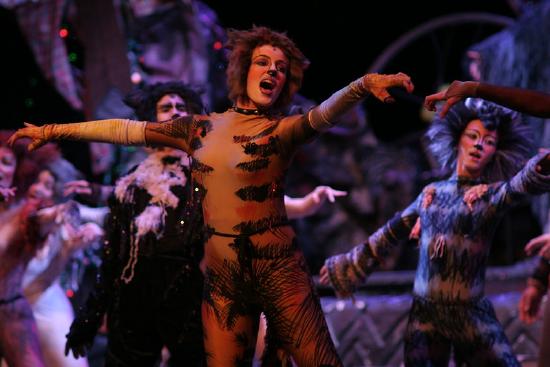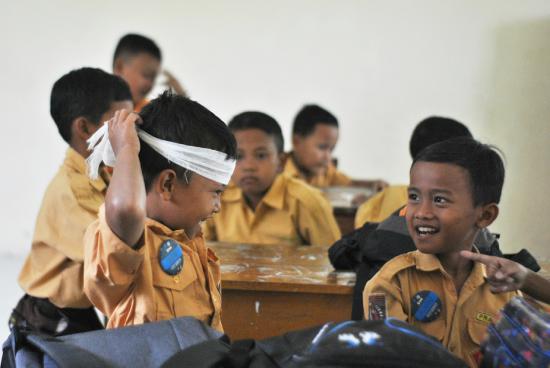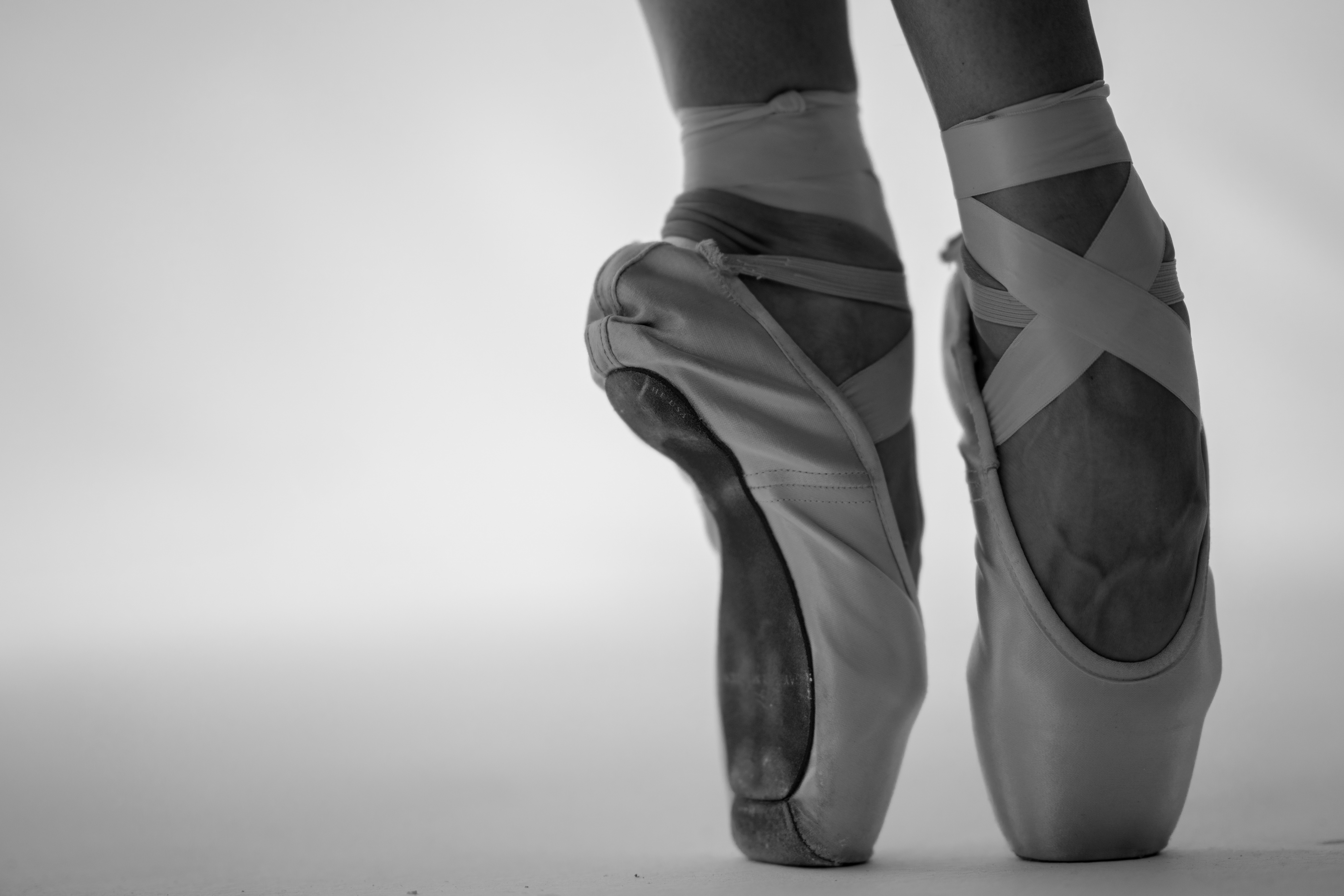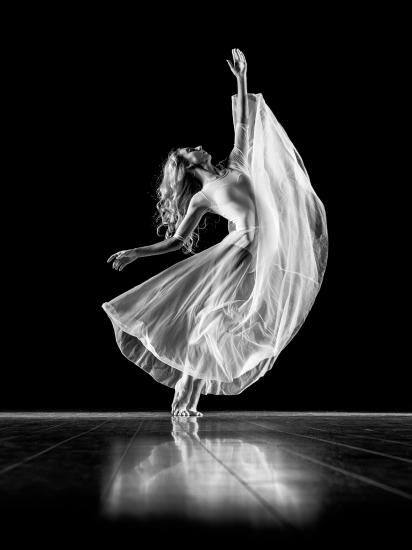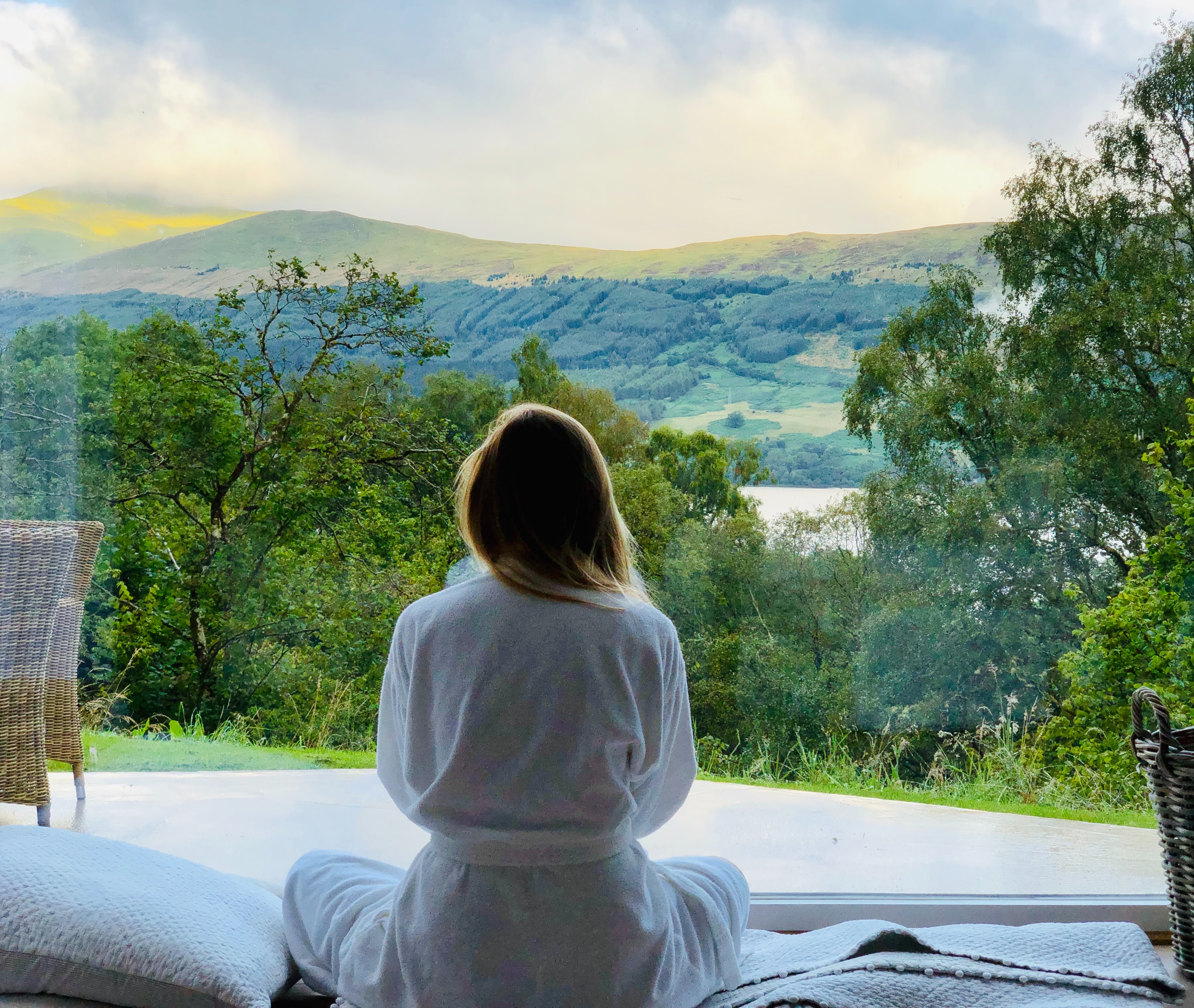4.1: Listening and Speaking- Schools and Creativity
- Page ID
- 62978
Before You Watch
Discuss
Discuss these questions with a partner and then share your ideas with the class.
- What is creativity? Give examples of creative things you can do.
- What is a learning disorder?
- What is ADHD?
- Do you know someone who has a learning disorder? What are some of the problems people with learning disorders might experience?
Vocabulary
fidgeting concentrate learning disorder invent a specialist radio ballet
tap dance soloist musical theater production multimillionaire calm down medication
| Number | Picture or definition | Word or phrase |
|---|---|---|
| 1 |
focus; think about something; to give all your attention to what you're doing Photo by Santi Vedrí on Unsplash |
|
| 2 |
to create or produce something for the first time Image by OpenClipart-Vectors from Pixabay |
|
| 3 |
Little girls practicing a tap dance routine by simpleinsomnia (CC by 2.0) |
|
| 4 |
Image by pbecjman2008 Attribution-NonCommercial-ShareAlike 2.0 Generic (CC BY-NC-SA 2.0) |
|
| 5 |
to make a lot of small, restless movements because you are nervous or bored Photo by Husniati Salma on Unsplash |
|
| 6 |
Photo by Nihal Demirci on Unsplash |
|
| 7 |
Photo by Christina Victoria Craft on Unsplash |
|
| 8 |
a person who has a lot of money Image by Clker-Free-Vector-Images from Pixabay |
|
| 9 |
Image by mohamed Hassan from Pixabay |
|
| 10 |
problems or difficulty with learning |
|
| 11 |
someone who dances alone on the stage - soloists are usually the most talented dancers Photo by David Hofmann on Unsplash |
|
| 12 |
to stop being angry, upset, excited, or nervous Photo by Sam Carter on Unsplash |
|
| 13 |
Photo by Anmol Arora on Unsplash |
While you Watch
Watch 15:23 - 17:32 of the TED Talk: Do Schools Kill Creativity? by Sir Ken Robinson
https://www.ted.com/talks/sir_ken_robinson_do_schools_kill_creativity?language=en#t-7016
Listen for the Main Idea
Discuss
Listen to Sir Ken Robinson's story about Gillian Lynne. Then discuss these questions with your partner.
- Who is Gillian and what problem did she have as a child?
- Gillian's mother took her to see a doctor. What did the doctor do? What was his advice?
- Was Gillian successful in life? How do you know?
Put it in order
This is a summary of the video, but it is not in the correct order. Watch the video and put the story in the correct order. Put the correct number next to each paragraph.
| Number | Paragraph |
|---|---|
|
After that, Gillian went to a dance school and it was wonderful. There were many children at the school just like Gillian. They all needed to move in order to think. They did many kinds of dance including tap, jazz, ballet, modern and contemporary. Gillian became a very successful dancer. She helped create some very successful musical theater productions and she became very wealthy. |
|
|
Her mother took Gillian to see a special doctor. Gillian’s mother talked to the doctor for 20 minutes. She told the doctor about all the problems Gillian was having in school. Her mother explained that Gillian was bothering other people and she turned in her homework late. Then the doctor told Gillian he needed to speak to her mother privately, and the doctor and Gillian’s mother went outside. |
|
| 1 |
Sir Ken Robinson has a friend called Gillian. One day, they were having lunch, and he asked her why she became a dancer. Gillian said she had a lot of problems in school when she was little. She couldn’t concentrate or sit still, so the school thought Gillian had a learning disorder. |
|
Before he left the room, the doctor turned on the radio. After they left the room, the doctor and Gillian’s mom watched Gillian. Gillian immediately started to dance to the music. The doctor told Gillian’s mom: “Gillian isn’t sick. She’s a dancer. Take her to dance school.” |
Listen for Detail
Watch the video again. Then answer the multiple choice questions below.
- Who is Gillian? Choose all correct answers.
- a famous dancer
- Sir Ken Robinson's friend
- a doctor
- How old was Gillian when this story took place?
- 10
- 8
- 6
- When was Gillian in school?
- The 1930s
- 2006
- The 1960s
- Why did Gillian's school think she had a learning disorder?
- She fidgeted.
- She couldn't concentrate.
- She turned in her homework late.
- All of the above.
- Where did Gillian's mother take her?
- to see her father
- to see a special doctor
- to see Sir Ken Robinson
- What did the doctor do before he left the room?
- he gave Gillian medication
- he gave Gillian food
- he turned on the radio
- he turned on the lights
- Why did the doctor turn on the music? Choose all correct answers.
- He wanted to show Gillian's mom that she had a special talent.
- He thought Gillian was a dancer.
- He thought Gillian might like music.
- The doctor told Gillian's mother to . . .
- give her medication
- take her to a dance school
- give her more homework
- Gillian became a famous dancer.
- True
- False
- Gillian was not successful in her career.
- True
- False
- Gillian earned a lot of money as a dancer and choreographer.
- True
- False
- The doctor told Gillian to "calm down."
- True
- False
Interactive: Check your Answers
Select the correct answer, click "check" to see if your answer is correct, and then click the arrow to move to the next question. When you have answered all of the questions, click "Finished."
After You Watch
Post-Listening Discussion
Part 1: Genre, Audience and Purpose
Answer the questions below. Then discuss them with the class and your teacher. Be ready to explain why you chose each answer.
- What is the genre of this video?
- TED Talk
- video from YouTube
- news program
- talk show
- Who is the most likely audience? (Who will watch this video?)
- young children in school
- young people who like to travel
- teachers
- people who think education isn't important
- What is the purpose of this story? Choose all the correct answers.
- to help listeners understand the importance of creativity
- to help listeners understand that different people learn in different ways
- to persuade listeners to go to dance school
Part 2: Group Discussion
Discuss these questions in a group of 3. Take notes and be prepared to tell the class about your answers.
- What did you think of this story? Did you like it? Why or why not?
- What does Sir Ken Robinson want us to learn from this story?
- Do you know someone who has trouble concentrating in school? Is that person creative?
- Does moving help you think?
- Is learning science, English, and math more important than learning art, music, and dance? Why?



